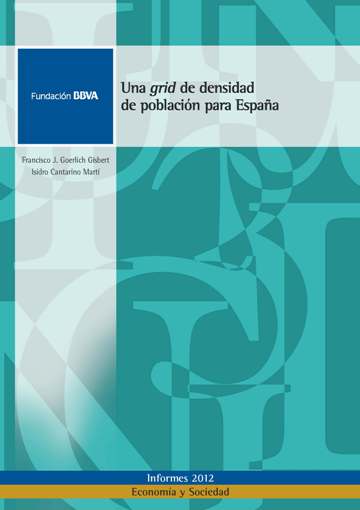
PublicationReports
Una grid de densidad de población para España
In this study we elaborate a dasymetric map of population distribution for Spain. Population distribution is traditionally represented by means of choropleth maps in which the population of a given administrative unit, whether a region or municipality, is distributed evenly across its territory. But this is unsatisfactory, and produces misleading results that match poorly with reality.
A natural way to elude the restrictions imposed by administrative boundaries is to represent the population in grid form. This zonal system consists of square cells of equal size in which we represent the resident population, distributed as appropriate. To effect this distribution, we use a top-down approach in which available population data are disaggregated using statistical techniques, with secondary reference to land cover information. In our case, we use the resident population at census tract level for 2010 and land cover data from the recently released Land Cover and Use Information System of Spain (SIOSE).
From SIOSE we select, in the first instance, the polygons susceptible to hold residential population. To establish the share-out of population across these areas, we apply an iterative process based on type of construction, maintaining the volume constraint, such that if we recover the original census tracts their population is preserved.
The results obtained were validated against a georeferenced population file for the Madrid Region. We also calculated a discrepancy index which was then compared with the results obtained for other European countries using similar methodologies. This comparison shows that the grid featuring in this report offers quality parameters far superior to those of other European countries.
